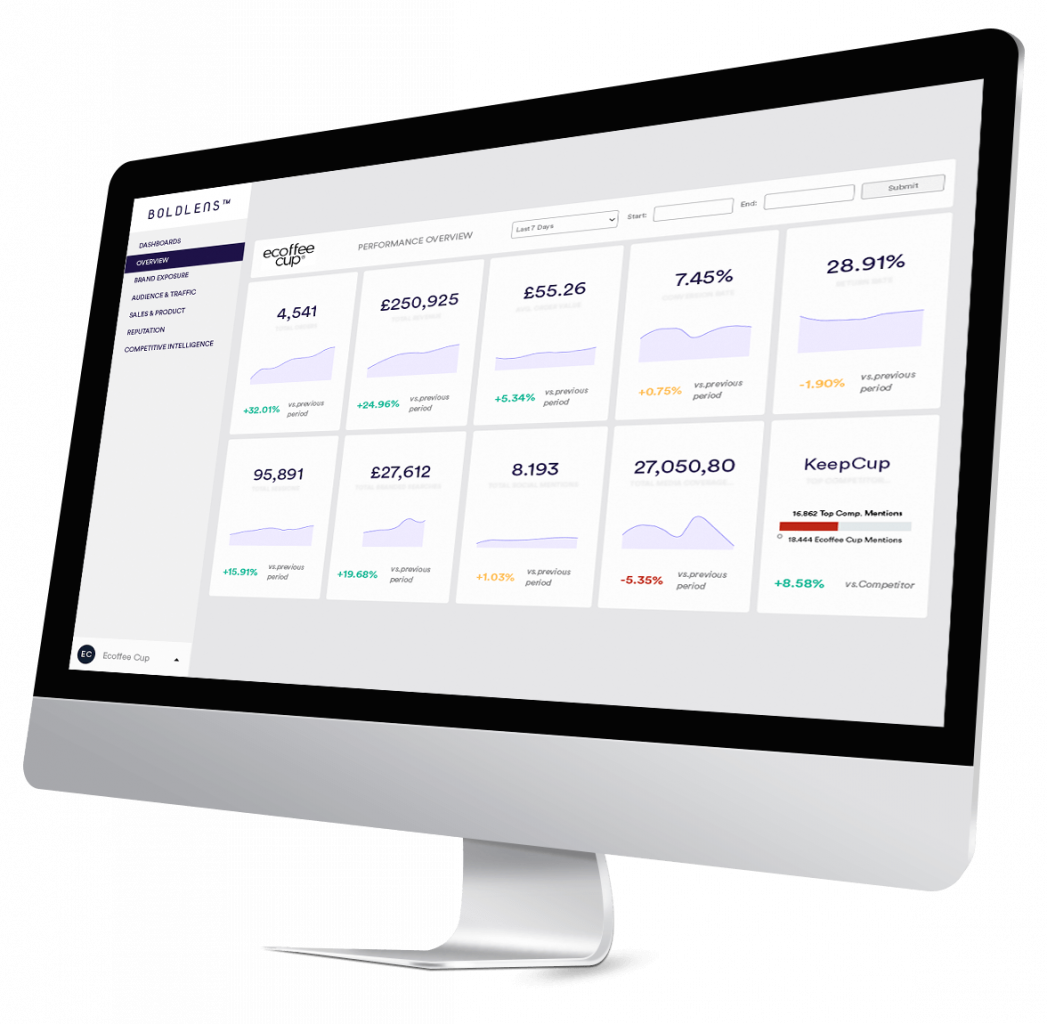
27 January 2021
Data must lie at the core of communications strategy – before it’s too late
The boldest, most meaningful communications campaigns of tomorrow will be rooted in two things: data and creativity. Only by fusing the two equally can a business deliver the best possible communications and position itself as a leading light in its category.
But while creativity has always been central to our trade, data, in large part, has not. Without access to a wide-range of metrics from across multiple channels, coupled with key commercial performance information alongside competitor and market intelligence, teams are increasingly operating blindfolded.
Is it ever truly possible to know (and report) the impact of a PR campaign without detailed access to conversion metrics? Or what impact a brand campaign is having on talent attraction? How do you marry-up net positive social media mentions with the fact that your business is being panned on Trustpilot? And as the social media team, do you even know that is happening? A digital marketeer may have access to more data than most, but the direct outcomes of a campaign will not tell the full story – can they see what the campaign does on other channels? Internally? With the press? With investors?
The reality today is that most teams in most businesses do not have access to the data they need – not all of it, and certainly not enough to inform their strategic direction. This lack of access then hampers their ability to demonstrate the true impact and value that has been added to the business.
So here’s the big problem for brands: how do individual teams access and understand the data from a myriad of channels in order to both inform and then evaluate campaigns? To deliver this bright future is no mean feat, with significant obstacles to overcome. But for communicators to maintain a seat at the top table there are challenges we must address, and fast.
The three big data challenges facing communications: access, understanding and collaboration
- Multiple teams must be able to access and interpret relevant data. They must have the ability to quickly and easily slice and dice it in a way that makes sense to them – meaning they can identify challenges and opportunities, and ultimately act. They need the right platform and reporting technology in-place that unifies data sets and lets teams overlay metrics and see correlations between different channels, driving significantly enhanced delivery. They need not be data scientists, they just need the right systems.
- Numbers are not typically seen as core skills of most in marketing and communications, but communicators must be able to understand data that they may not ordinarily be used to seeing. Teams must have access to the right technology that does the hard work for them – like our own data and analytics platform, BoldLens, which we built from scratch because we couldn’t find anything that would do it for us, with the specific needs of communications put first.
- The final issue, and perhaps the hardest to fix, is cultural. Ultimately, an organisation must be willing to collaborate by sharing data internally, getting over the internal politics that is so often the underlying reason for this failing. Individual teams must learn that sharing data will result in significantly better outcomes, increasing their value to the business and its leadership.
Without a new approach to data, communications teams of today are on borrowed time
The future of our industry is already being radically impacted by AI and predictive analytics, but the pace of change is going to make what we see today seem like a drop in the ocean even a year from now.
In the case of Boldspace, in the next few months we will be releasing our first piece of proprietary AI that takes years of data from many different but interrelated channels and automatically forecasts the performance of future campaigns. This is essentially our first step on a journey to be able to tell clients that we know what a campaign or pre-determined level of spend will deliver, before they commit even a penny.
But the only way for technology like this to be harnessed is with unified access to data. Without it, AI is just another buzzword with no practical impact other than in niche and channel-specific tools.
Communications and marketing teams that fail to get ahead of this will gradually become obsolete – it’s not just about identifying deeper insights, driving better campaigns or providing the best possible reporting and demonstration of ROI, but about getting ready for a totally new communications landscape that will turn the industry on its head.
The winners of the future will be fast, reactive and able to adapt
Communicators need to reassess everything they thought to be true or best practice when it comes to data. They need an approach that is reset for the decade ahead, not the decade gone, so they can take the brand to where it should be rather than where it has been. Larger organisations with more disparate teams need to implement an open approach to data and think more like a scale-up – always focussing on effectiveness and impact, not ownership or politics.
As communicators, we face immeasurable change in the coming years – whether inside or outside our circle of influence – and now is the time to build the teams, skills, technology, tools, procedures, and ways of working that puts you in a place where you can win.
Everyone in the industry is facing this challenge – whether they know it yet or not – and those who move first and fastest will ultimately prevail long-term.
Boldspace is a brand building, communications and analytics agency that fuses data and creativity. Our proprietary data & analytics platform, BoldLens, unifies a client’s marketing, communications and commercial metrics in one place to enable data to be accessed across teams and easily understood.
To see this for yourself and understand what is currently possible on the edge of data and communications, click here to book a time.

This article first appeared at Communicate Magazine here.